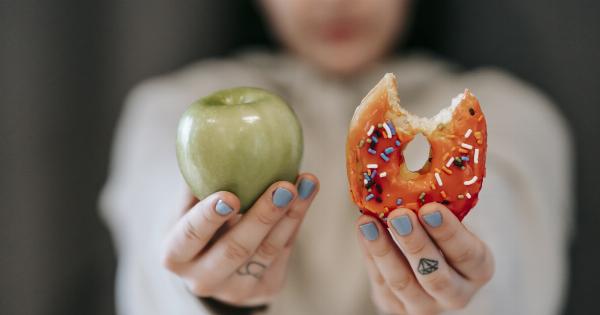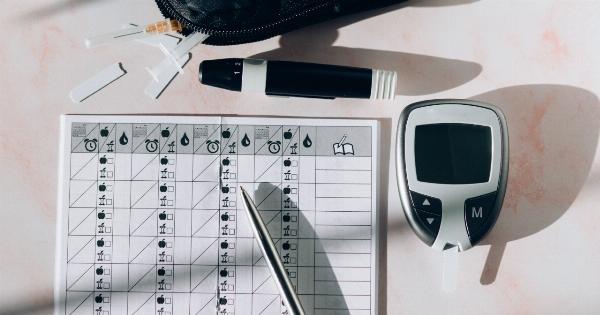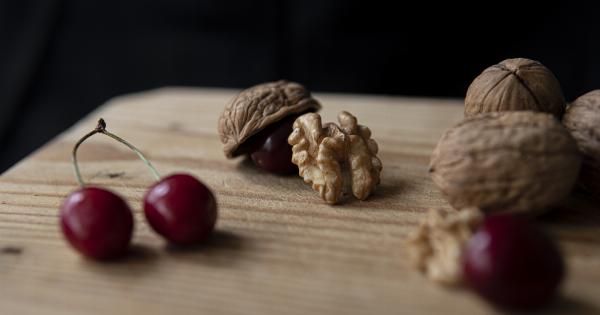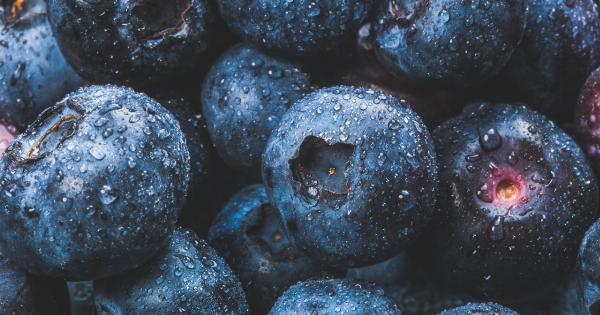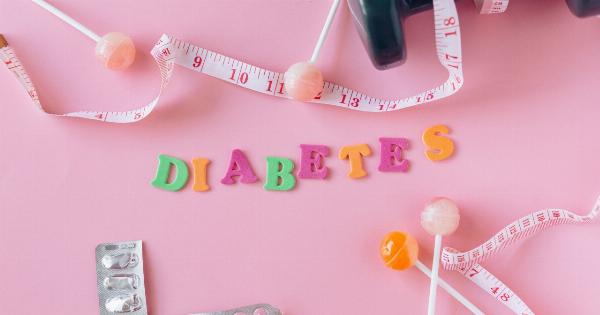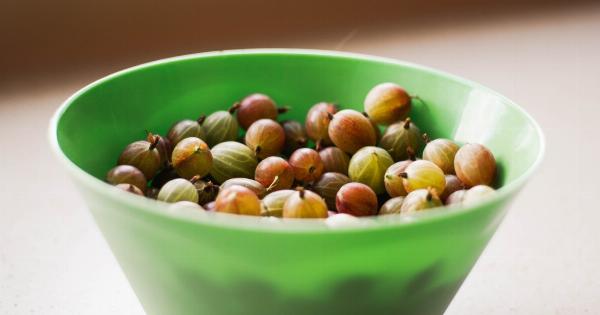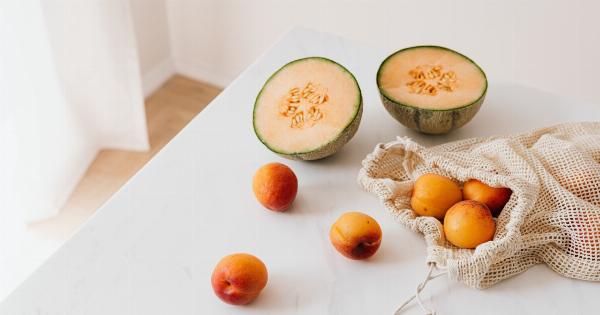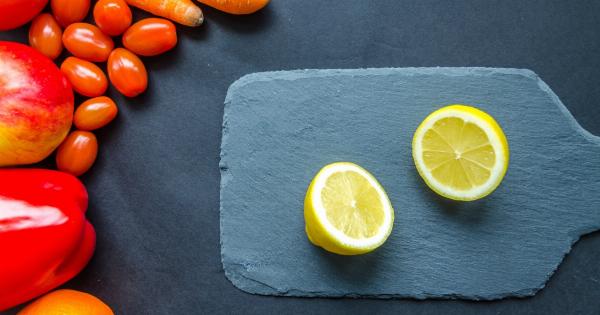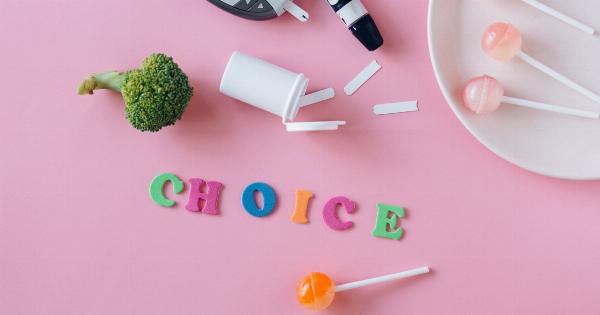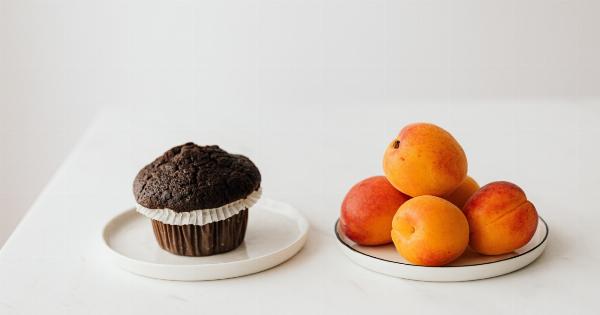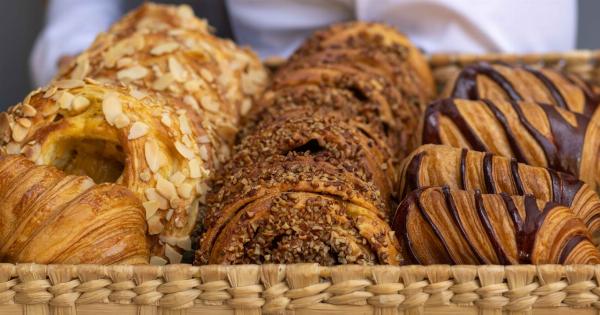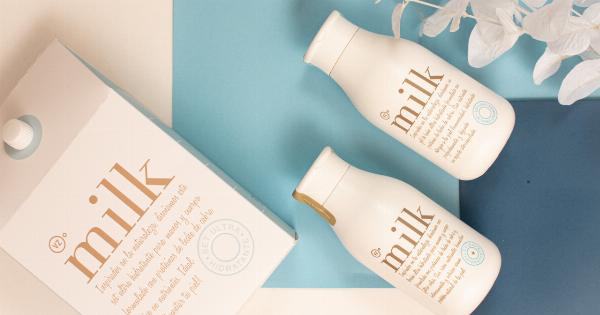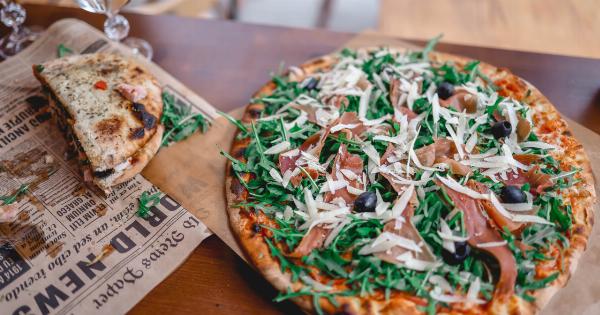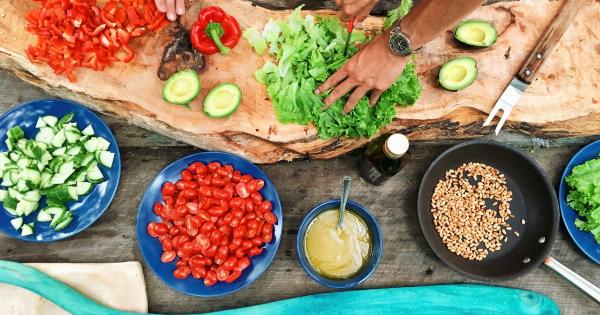Maximizing Your Sugar Intake: The Easy Way.
Understanding Sugar
Sugar is a simple carbohydrate that provides the body with energy. It occurs naturally in various foods such as fruits, vegetables, and milk. However, sugar is also added to numerous processed foods and beverages, often in excessive amounts.
While it is essential to moderate sugar consumption for a balanced diet, this article explores how to maximize your sugar intake in a safe and responsible manner.
1. Choosing Natural Sweeteners
When it comes to sweetening your foods and beverages, opt for natural sweeteners like honey, maple syrup, or stevia. These alternatives not only add sweetness but also offer additional nutritional benefits.
However, be mindful of their calorie content and consume them in moderation.
2. Incorporating Fruits in Your Diet
Fruits are an excellent way to satisfy your sweet tooth while providing essential vitamins, minerals, and fiber. Experiment with different fruits and incorporate them into your meals, snacks, or desserts.
They can be enjoyed raw, dried, or even blended into smoothies for a refreshing treat.
3. Exploring Dark Chocolate
If you are a chocolate lover, opt for dark chocolate with high cocoa content. Dark chocolate contains less sugar compared to milk chocolate, and it also offers various health benefits due to its antioxidant properties.
Enjoy a small piece of dark chocolate as an indulgent dessert or a satisfying snack.
4. Using Spices and Extracts
Add flavors to your dishes and beverages without relying solely on sugar. Experiment with spices like cinnamon, nutmeg, or cardamom to enhance the sweetness naturally.
Additionally, vanilla or almond extract can provide a delightful flavor profile to your recipes.
5. Reading Food Labels
When purchasing processed foods, pay close attention to their labels. Familiarize yourself with different names for sugar, such as high-fructose corn syrup, sucrose, or dextrose.
By being aware of hidden sugars, you can make informed choices and select products with lower sugar content.
6. Balancing Macronutrients
A balanced diet with adequate protein, healthy fats, and complex carbohydrates can help regulate blood sugar levels and reduce cravings for sugary foods.
Ensure that your meals contain a variety of whole foods to keep you satisfied and minimize the desire for excessive sugar intake.
7. Practicing Mindful Eating
Take the time to savor and enjoy your meals without distractions. Mindful eating helps you develop a better understanding of your body’s hunger and fullness cues.
By eating slowly and being present in the moment, you can enjoy your food and prevent mindless overconsumption of sugar.
8. Meal Planning and Preparation
Invest time in planning and preparing your meals to control the amount of sugar you consume. When you cook at home, you have control over the ingredients and can reduce the amount of added sugars.
Experiment with nutritious and tasty recipes that limit unnecessary added sugars.
9. Staying Hydrated
Drinking an adequate amount of water throughout the day can help curb cravings for sugary beverages. Often, thirst can be mistaken as hunger, leading to unnecessary sugar consumption.
Keep a reusable water bottle with you to ensure you stay hydrated and make healthy choices.
10. Allowing Occasional Treats
Lastly, it is essential to strike a balance between maintaining a healthy diet and indulging in occasional treats. Completely depriving yourself of sugary delights can lead to feelings of restriction and potential binge-eating.
Enjoy your favorite sugary foods on special occasions or as an occasional reward.

